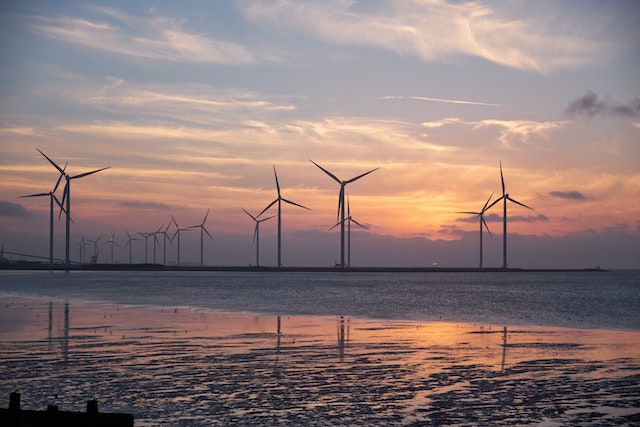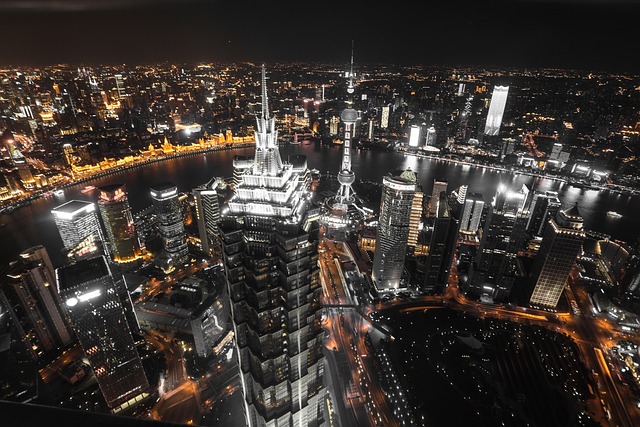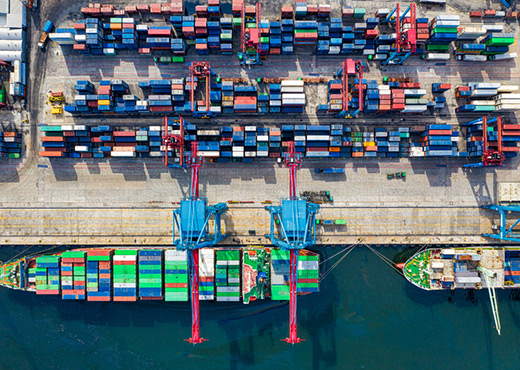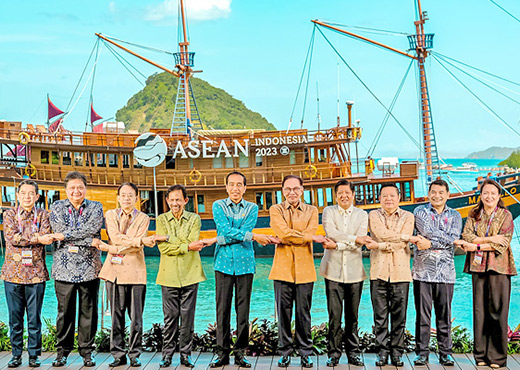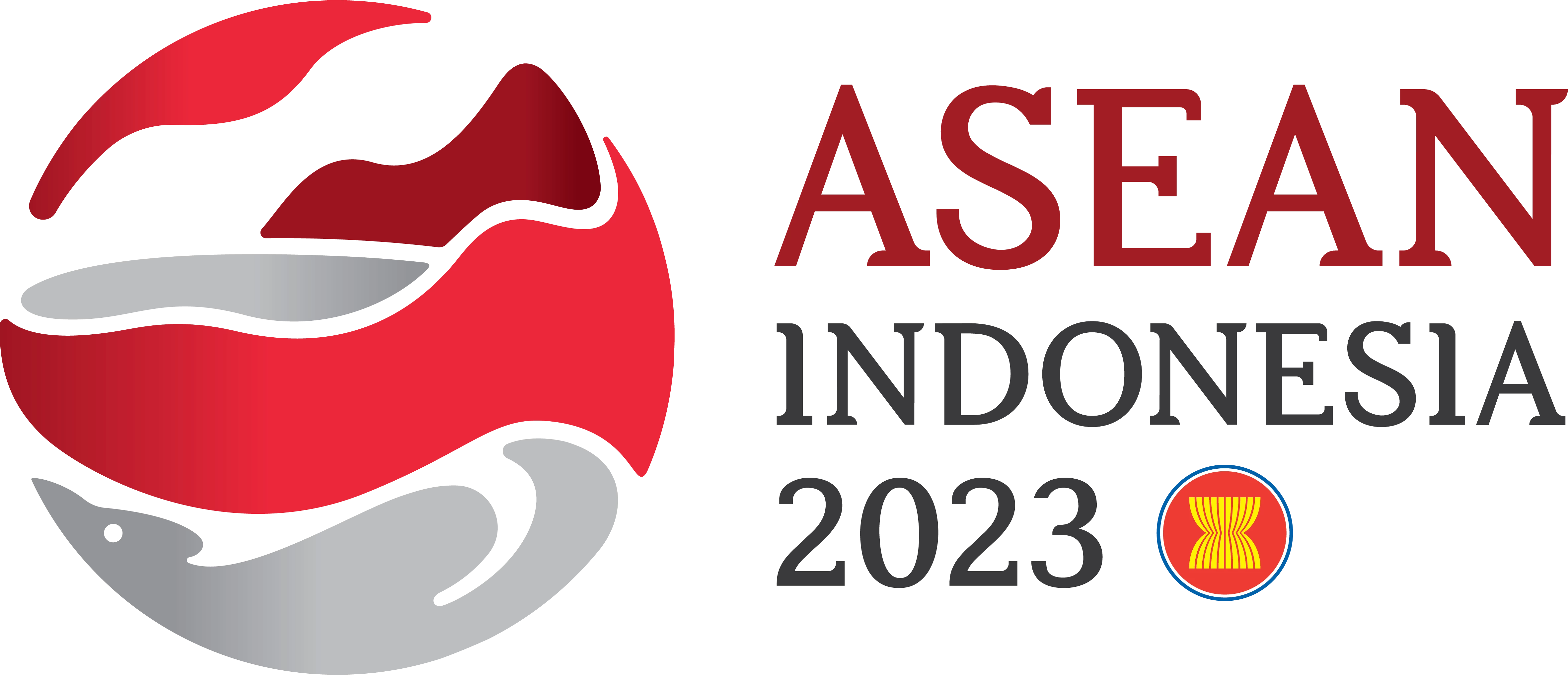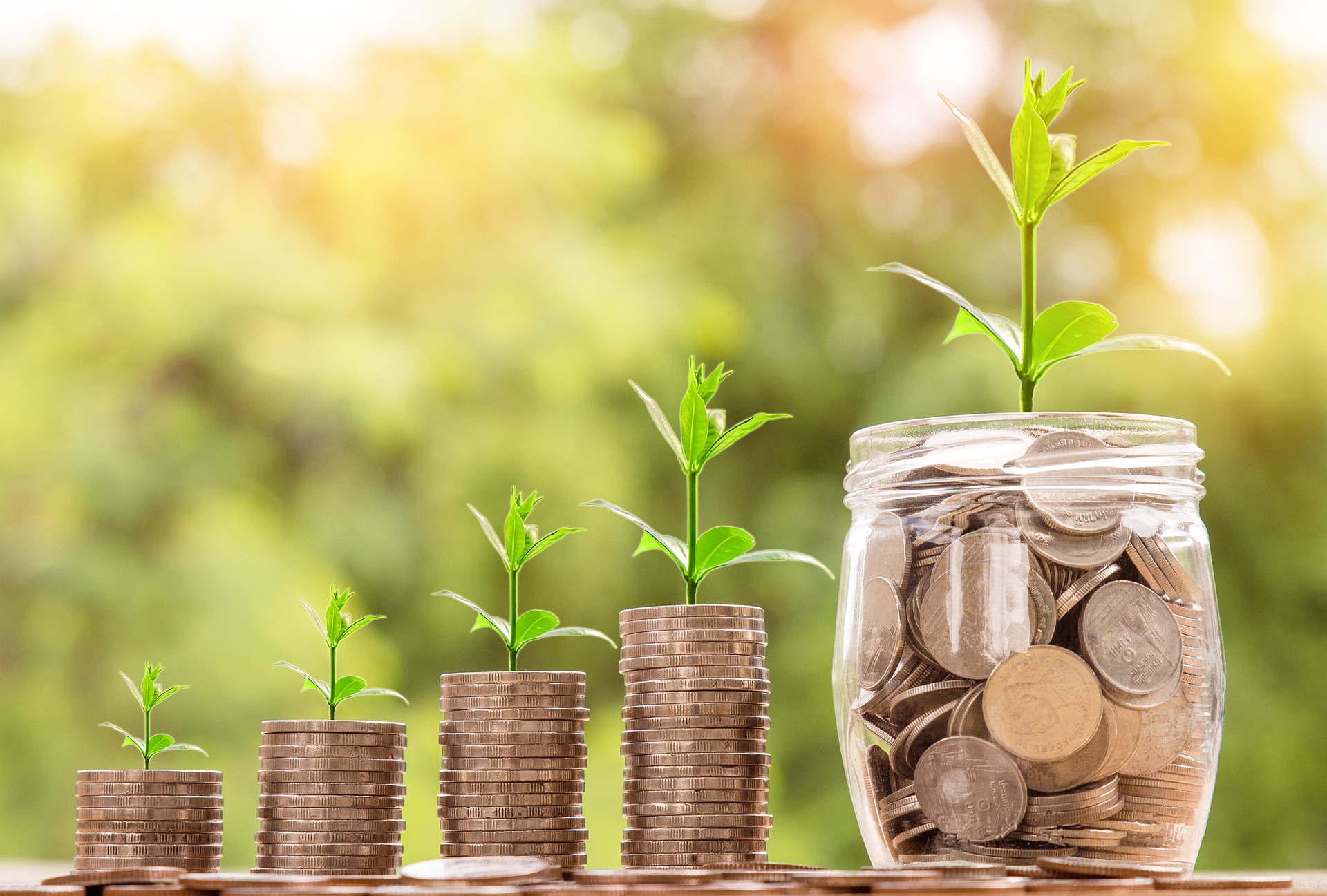As we move closer to 2050, the pressure to reach global net-zero greenhouse gas (GHG) emissions grows exponentially.
The latest Intergovernmental Panel on Climate Change report released in March 2023 was a “final warning” and underscored the urgency of “more ambitious action”.
Decarbonisation needs to happen fast, very fast, if we are to limit the damaging effects of GHG emissions on our planet.
This need for speed has understandably drawn intense scrutiny and debate. On one hand, we need to increase the pace of global decarbonisation. On the other, we must do this while ensuring a “just transition” to net zero.
A just transition is, simply put, greening the economy in a way that is as fair and inclusive as possible to everyone concerned. In the process, livelihoods remain secure and no one is left behind. The outcome is a resilient society that is able to respond to both social and environmental challenges.
In South-east Asia, the need for a just transition is even more pronounced as the region has been, and still is, undergoing massive economic development, urbanisation and industrialisation. The immense energy demands of supporting the region’s socio-economic growth still largely ride on the back of fossil fuels. An abrupt move away from fossil fuels would affect communities and livelihoods.
The strident demands from climate activists grab headlines, but do not serve society or help deliver the solutions required. They put intense pressure on banks to walk away from financing “dirty” businesses, and this essentially means starving such companies of cash flow needed to fund activities related to their transition.
If banks end financing, these companies would have no choice but to turn to funding channels that are less regulated. This means it could get even harder to motivate these companies to make the transition.
A poorly executed transition would also increase the risk of slower economic growth, due to inflationary pressures on energy prices. This could then lead to weaker employment and social consequences.
Not a decoy
Critics of a just transition would label it as a decoy to allow polluters to buy time and delay the pain they will eventually face.
But without a just transition, what would happen to our societies?
Access to affordable energy is a basic need for individuals and economies to thrive. Citizens, companies and communities need to be able to power their homes and villages, hospitals and schools, businesses and cities.
Countries would be naive to give up energy access and security, as they have learnt from the Russia-Ukraine conflict. In South-east Asia, it is estimated that more than 70 per cent of energy supply comes from fossil fuels, such as oil and gas.
Greener technologies to generate and distribute affordable clean energy are not yet ready or at scale. Hydrogen is still being developed as an alternative and commercially viable power source.
Energy providers need to navigate their way through the daunting task of decarbonising, while balancing their commercial viability. Society needs their efforts to maintain energy affordability and accessibility. As such, the scale and pace of their decarbonisation need to be realistic, pragmatic and measured. The consequences of failing would impact entire economies and societies.
So how do we ensure that such systemically important players keep their focus beyond short-term profits?
We believe the answer lies in a whole-ecosystem approach that includes banks, including UOB.
Lack of clarity
Globally, banks are ramping up financing to companies in green technologies and renewable energy. But such “pure green” business activities are estimated to make up only about 5 per cent of the global economy by 2050. While every little bit counts, this form of green finance alone will not move the needle much.
What is more impactful is the progressive decarbonisation of all sectors of the economy. This is where transition finance comes in, to provide the funding for high GHG-emitters that are adopting cleaner technologies and becoming greener with time.
Transition finance needs transition pathways: clear definitions and guidelines on acceptable activities and timelines for decarbonisation, which Singapore has set out to achieve. However, a lack of internationally acceptable pathways makes the chalk lines in the transition finance journey blurry. This is also where controversy surfaces every now and again, when supposedly dirty companies are still being financed.
A real lack of clarity is a roadblock to the necessary funding for the just transition of our economies.
At UOB, we actively engage with our stakeholders, including regulators, to discuss the importance of coming up with clear transition pathways for South-east Asia. Clarity will guide policy-setting and shape regulations, giving companies the playbook to invest in new technologies, and banks the confidence to finance such activities that will help drive our region’s transition to net zero.
Leaning into the challenge
Sustainability is fundamental to UOB’s purpose of building a sustainable future for Asean. We care about the real impact that we can create for our customers and communities.
As a catalyst and enabler to influence and lead the real economy, we do not just bring our own financing portfolio to net zero by walking away from reputationally-inconvenient companies.
Instead, it is our moral imperative to lean into the difficult challenge of transition, to help our customers drive action and deliver real-economy decarbonisation in an inclusive way.
Our promise to customers is that we will help them in the transition. We get them to articulate what sustainability means to their business. We look for high-quality road maps that include clear pathways, targets and data reporting that are core to their businesses.
If our customers work with us, both sides win. If we abandon them like many groups are calling for, then we would all fail Mother Earth.
Of course, if the customer proves reluctant to work with us, we will then have to part ways.
As responsible bankers, we do not shy away from these difficult conversations. By and large, most customers understand and join hands with us to take action together.
Everyone may be at different points on this long and arduous journey to net zero. But we are all working towards the end goal, and we need a mature and pragmatic approach to make sure we all get there together.
Source: The Business Times. Link Here.

